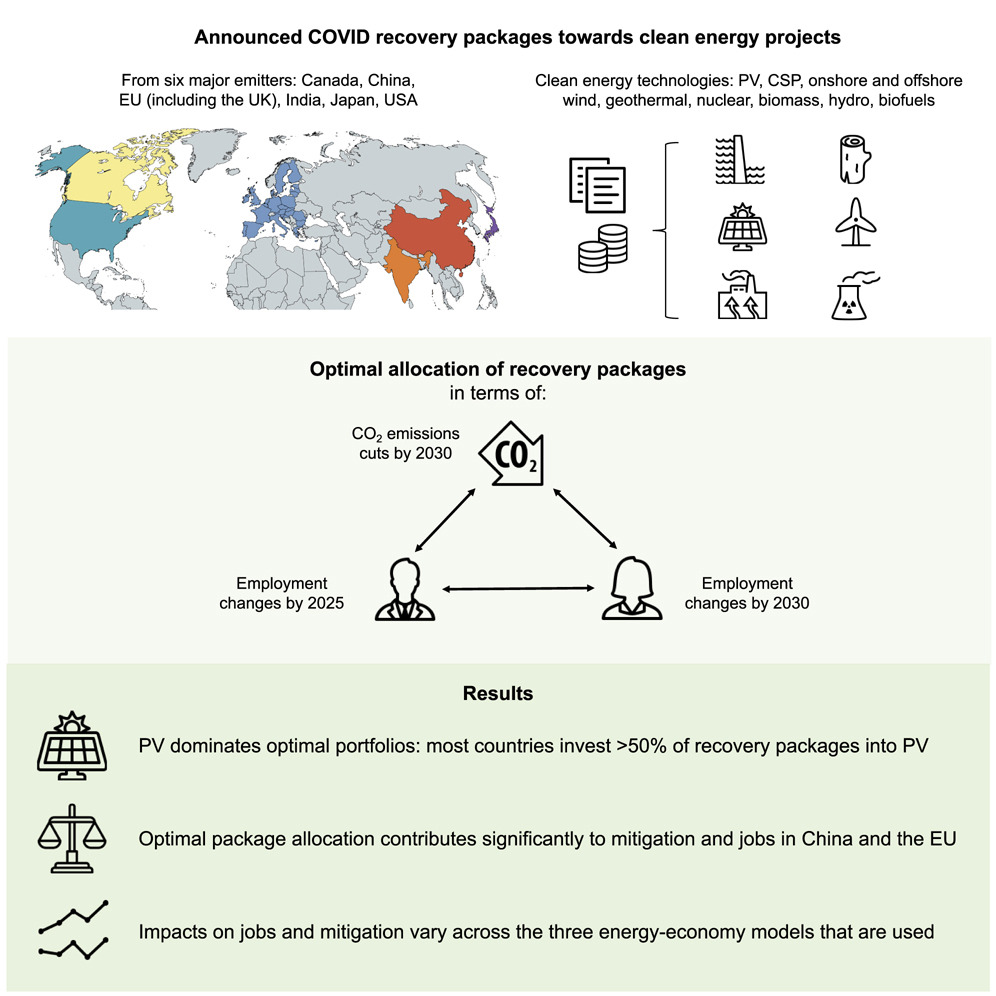This article supports SDGs 8, 7, and 13 by incorporating investment portfolio analysis into three different energy-economy models to examine the climate employment co-benefits of green recovery packages in six major emitting regions.
Children with special healthcare needs (CSHCN) are particularly susceptible to extreme weather events. The aim of this study is to contribute to the limited body of literature related to the climate crisis and CSHCN, and to summarize possible ways to improve the disaster preparedness of families of CSHCN.
This chapter supports SDG goals 7 and 9 by proposing new ways of using blockchain to support renewable energy market.
Elsevier,
Biodegradability of Conventional Plastics: Opportunities, Challenges, and Misconceptions, Volume 1, 1 January 2022
This chapter aligns with Goal 3: Good health and well-being and Goal 15: Life on land by discussing the issues and consequences of agricultural plastic waste and the product safety associated with aesthetic pollution.
Elsevier,
Biodegradability of Conventional Plastics: Opportunities, Challenges, and Misconceptions, Volume 1, 1 January 2022
This chapter aligns with Goal 3: Good health and well-being and Goal 9: Industry, innovation and infrastructure by discussing the applicability of biological processes for the remediation of plastics as sustainable practice and future implications of biodegradable polymers and composites in the automobile industry.
This scoping review was able to identify 25 tools and methods for assessing health vulnerability and adaptation to climate change, using the Joanna Briggs Institute (JBI) scoping review guidelines.
This article ties to SDG 3. This article studied prenatal maternal stress as a risk factor for offspring mental health challenges.
A discussion of progress in treating sognitive impairment for those with schizophrenia.
A trial to try to diagnose children more likely to develop schizophrenia.
Ways to improve cognitive impairment caused by psychosis.

